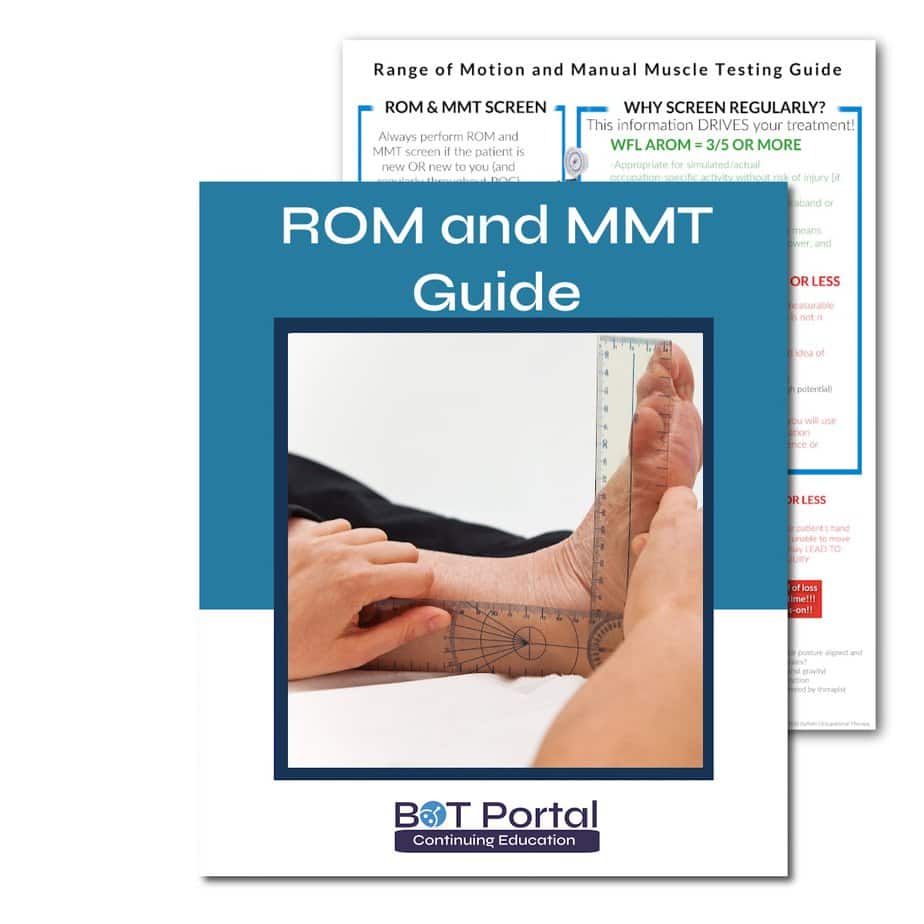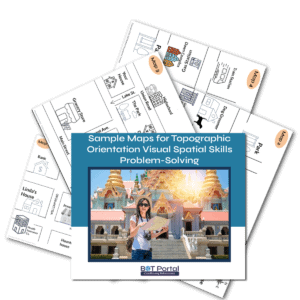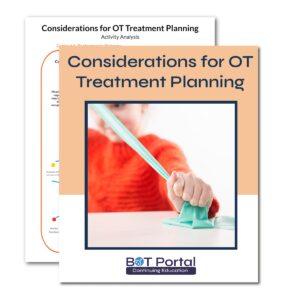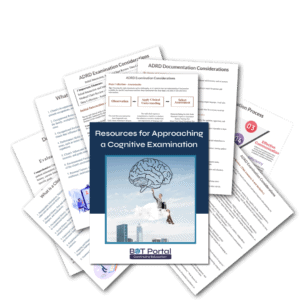Description
Range of Motion and Manual Muscle Testing Approach in OT
In occupational therapy (OT) rehabilitation, two fundamental approaches are used to assess and enhance physical function: Range of Motion and Manual Muscle Testing. Both are essential for developing effective treatment plans and helping individuals regain independence and improve their quality of life.
Range of Motion (ROM)
Range of Motion (ROM) refers to the extent of movement a joint can achieve in different directions. This measurement is crucial because it indicates the flexibility and health of the joints and muscles. ROM exercises help maintain or improve the movement capabilities of joints affected by injury, surgery, or chronic conditions.
There are three types of ROM exercises:
- Passive ROM: The therapist moves the joint for the individual without any effort from the person. This is often used when the person cannot move the joint themselves due to weakness or pain.
- Active-Assistive ROM: The individual moves the joint with some help from the therapist. This type is useful when a person has some ability to move but needs assistance to complete the range of motion.
- Active ROM: The individual moves the joint entirely by themselves. These exercises help strengthen muscles and improve joint function.
For example, someone recovering from a shoulder injury might perform active-assistive ROM exercises where they lift their arm with the help of the therapist. This helps gradually increase the shoulder’s flexibility and strength.
Manual Muscle Testing (MMT)
Manual Muscle Testing (MMT) is a technique used to evaluate the strength of individual muscles or muscle groups. In MMT, the therapist applies resistance to a muscle or muscle group while the person tries to move against this resistance. The strength is then graded on a scale, typically from 0 to 5:
- 0: No muscle contraction detected.
- 1: Slight contraction, but no movement.
- 2: Movement possible, but not against gravity.
- 3: Movement possible against gravity, but not against additional resistance.
- 4: Movement possible against some resistance.
- 5: Normal strength, movement against full resistance.
MMT helps identify specific muscle weaknesses and guides the therapist in designing targeted strengthening exercises. For instance, if a patient has weak hip muscles, the therapist might use MMT to pinpoint which muscles need strengthening and then develop exercises to improve those muscles.
Importance in Rehabilitation
ROM and MMT are essential in OT because they provide detailed information about a person’s physical capabilities and limitations. These assessments help therapists set realistic goals, track progress, and adjust treatment plans accordingly. By improving ROM and muscle strength, individuals can perform daily activities more effectively, reduce pain, and prevent further injuries.
The Range of Motion and Manual Muscle Testing approaches in occupational therapy are vital tools for assessing and enhancing physical function. They enable therapists to create personalized rehabilitation plans that support individuals in regaining their independence and improving their overall quality of life.




